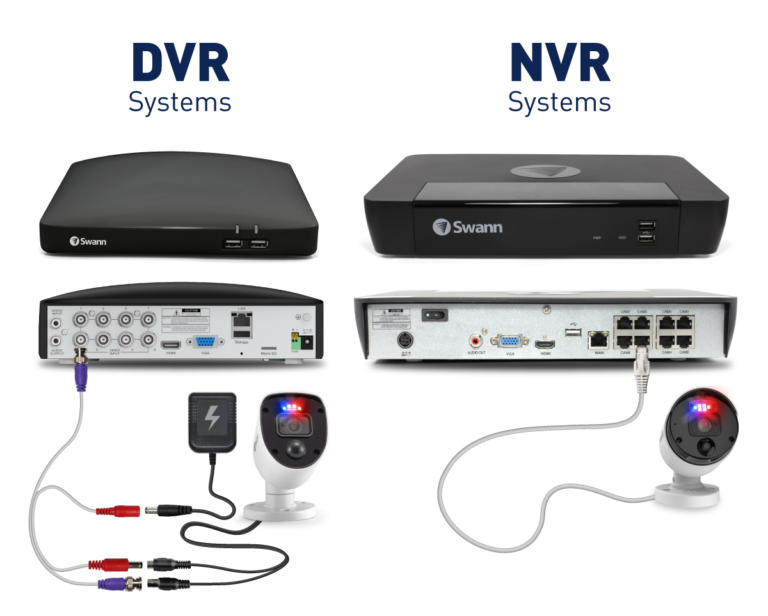5 Key Differences Between NVR Vs DVR: Pros and Cons

NVR systems use IP cameras and network bandwidth, while DVRs stick with analog cameras and coaxial cables. NVRs deliver superior video quality thanks to advanced compression standards and high-resolution IP cameras. For installation, DVRs are simpler with straightforward coaxial setups,…